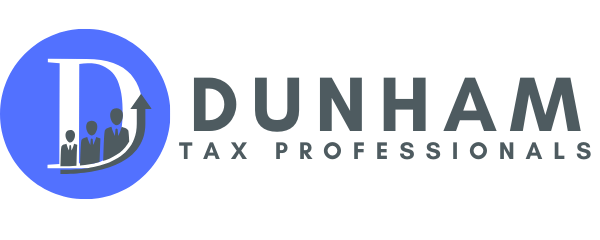So, you’ve submitted your SBA Paycheck Protection Program – PPP – application and you might have even received your loan proceeds, but that does not mean there is nothing left to be done: It is critical for you to closely manage and account for your PPP loan proceeds, not just for cash flow purposes but for accounting purposes in order to apply for your PPP loan forgiveness. The amount of documentation you will ultimately need for the forgiveness component of this loan will be substantial, so get your process in place now to shorten the turnaround of this.
For accounting purposes, it may be a good practice to set up this separate bank account and a PPP note payable in your general ledger: The idea here is to record the proceeds deposited into the bank account with an offset to PPP note payable.
Keep in mind that this is a 2-year loan and it will be considered both a short-term and a long-term debt. As such, once you receive your loan amortization schedule, you should consider breaking out the amounts due between current and long term in your financial statements.
Remember to document the date of receipt on the PPP funds. This is important because this is your start of the eight-week period. Any eligible expenses paid within the eight-week period will factor into the forgiveness calculation.
Pay for all eligible expenses out of this bank account. For any items paid, keep support for these disbursements. You will need the support for the forgiveness submittal.
- Payroll costs
- Business Rent or Mortgages
- Utilities owed for the business – E Electricity, gas, water, transportation, telephone, or internet access.
- Interest Payments
It is noteworthy that your non-payroll items (rent, utilities, and interest) can be no more than 25% of the total forgivable portion of your loan. Be sure to track your eligible expenses as you could be in for a surprise if you use your PPP loan proceeds primarily for non-payroll items.
If you opt to not open a separate bank account for their PPP money, that is fine, but the same processes of documentation are recommended and isolating ultimate loan funds will be a bit more complicated.
Lastly, consider how to account for the forgiveness of this PPP loan on your books. For tax purposes, loan forgiveness is not taxable. For book purposes, loan forgiveness will ultimately be income (either through a reduction in operating expenses or more likely being recorded as other income). Keep in mind that loan forgiveness like this will most likely be considered an extraordinary item in your profit and loss for the year and will influence employee compensation that is driven by net income. Each company will need to evaluate the impact of loan forgiveness on a case-by-case basis.
As always, Dunham Tax Professionals wants to point out that our blogs serve to give you an idea of some of the basics, and that if you have more in-depth questions or concerns, it’s always best to consult with a professional. Give us a call and or set up an appointment today. We’re here to help.

